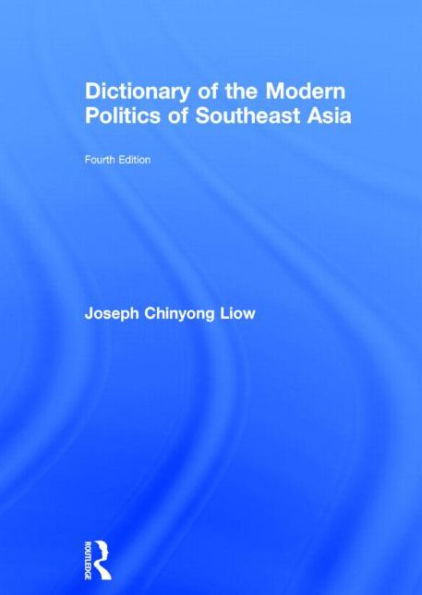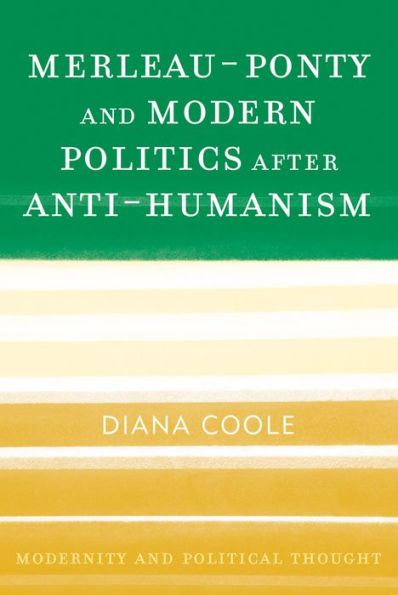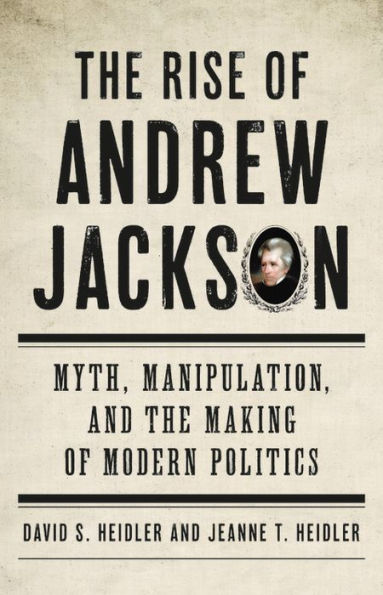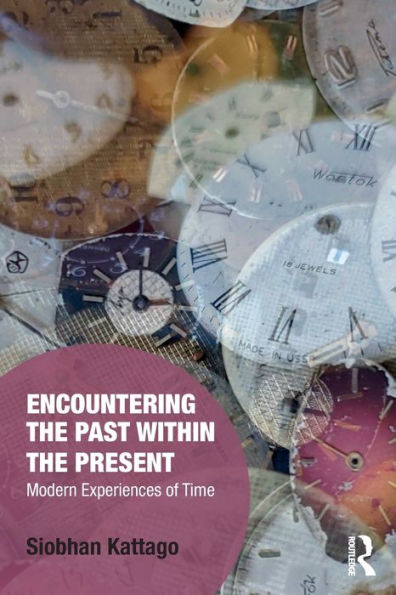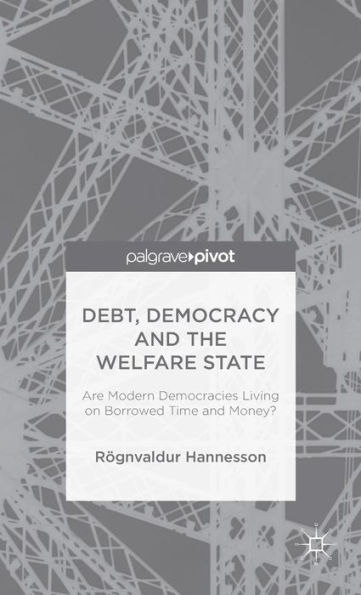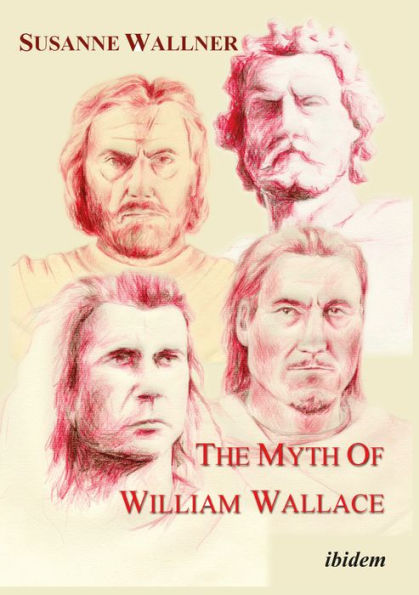Home
Cultivating the Past, Living Modern: Politics of Time Sultanate Oman
Barnes and Noble
Cultivating the Past, Living Modern: Politics of Time Sultanate Oman
Current price: $130.00
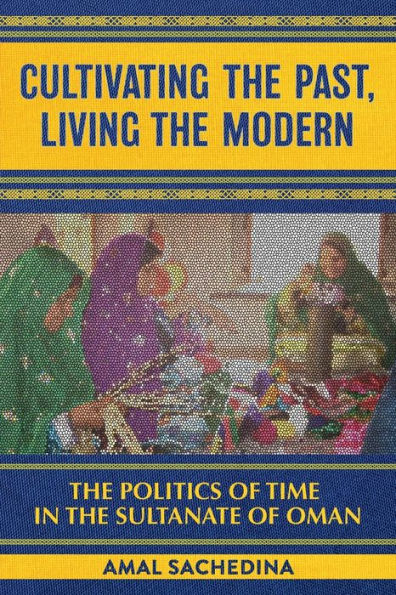

Barnes and Noble
Cultivating the Past, Living Modern: Politics of Time Sultanate Oman
Current price: $130.00
Size: Hardcover
Loading Inventory...
*Product information may vary - to confirm product availability, pricing, shipping and return information please contact Barnes and Noble
Cultivating the Past, Living the Modern
explores how and why heritage has emerged as a prevalent force in building the modern nation state of Oman.
Amal Sachedina analyses the relations with the past that undergird the shift in Oman from an Ibadi
shari'a
Imamate (1913–1958) to a modern nation state from 1970 onwards.
Since its inception as a nation state, material forms in the Sultanate of Oman—such as old mosques and
manuscripts, restored forts, national symbols such as the coffee pot or the dagger (
khanjar
), and archaeological sites—have saturated the landscape, becoming increasingly ubiquitous as part of a standardized public and visual memorialization of the past. Oman's expanding heritage industry, exemplified by the boom in museums, exhibitions, street montages, and cultural festivals, shapes a distinctly national geography and territorialized narrative.
But
demonstrates there are consequences to this celebration of heritage. As the national narrative conditions the way people ethically work on themselves through evoking forms of heritage, it also generates anxieties and emotional sensibilities that seek to address the erasures and occlusions of the past.
explores how and why heritage has emerged as a prevalent force in building the modern nation state of Oman.
Amal Sachedina analyses the relations with the past that undergird the shift in Oman from an Ibadi
shari'a
Imamate (1913–1958) to a modern nation state from 1970 onwards.
Since its inception as a nation state, material forms in the Sultanate of Oman—such as old mosques and
manuscripts, restored forts, national symbols such as the coffee pot or the dagger (
khanjar
), and archaeological sites—have saturated the landscape, becoming increasingly ubiquitous as part of a standardized public and visual memorialization of the past. Oman's expanding heritage industry, exemplified by the boom in museums, exhibitions, street montages, and cultural festivals, shapes a distinctly national geography and territorialized narrative.
But
demonstrates there are consequences to this celebration of heritage. As the national narrative conditions the way people ethically work on themselves through evoking forms of heritage, it also generates anxieties and emotional sensibilities that seek to address the erasures and occlusions of the past.

